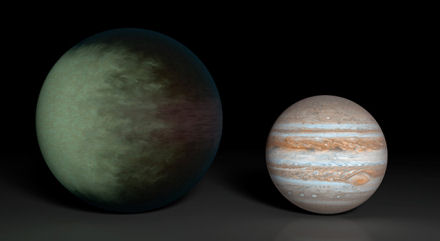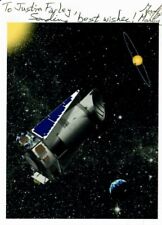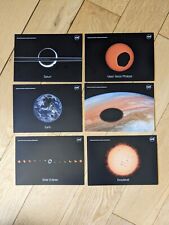The Kepler space telescope has identified a large, rocky exoplanet with a surface temperature of about 22 degrees Celsius (72 degrees F, comparable to a comfortable spring day on Earth). The discovery represents the first detection of a possibly habitable world in orbit around a star much like our own Sun. The team behind the discovery, led by William Borucki of the NASA Ames Research Center, report their findings in theAstrophysical Journal.

Borucki said the planet orbits in the middle of the star’s habitable zone, where liquid water could exist on the surface. Liquid water is necessary for life as we know it, and the researchers speculate that this new planet may harbor life.
A number of large, massive gas giant planets have been detected previously in habitable-zone orbits around solar-type stars, but gas giants are not thought to be capable of supporting life. This new exoplanet is the smallest-radius planet discovered in the habitable zone of any star to date. It is about 2.4 times larger than that of the Earth, putting it in the class of exoplanets known as super-Earths.
Related:
Discuss this article in our forum
SETI needs to see the light, say astrophysicists
US astronomers give nod to complex organics in space
Discoverer of alien bacteria says life probably exists “everywhere”
Newly discovered exoplanet may be habitable


















Comments are closed.